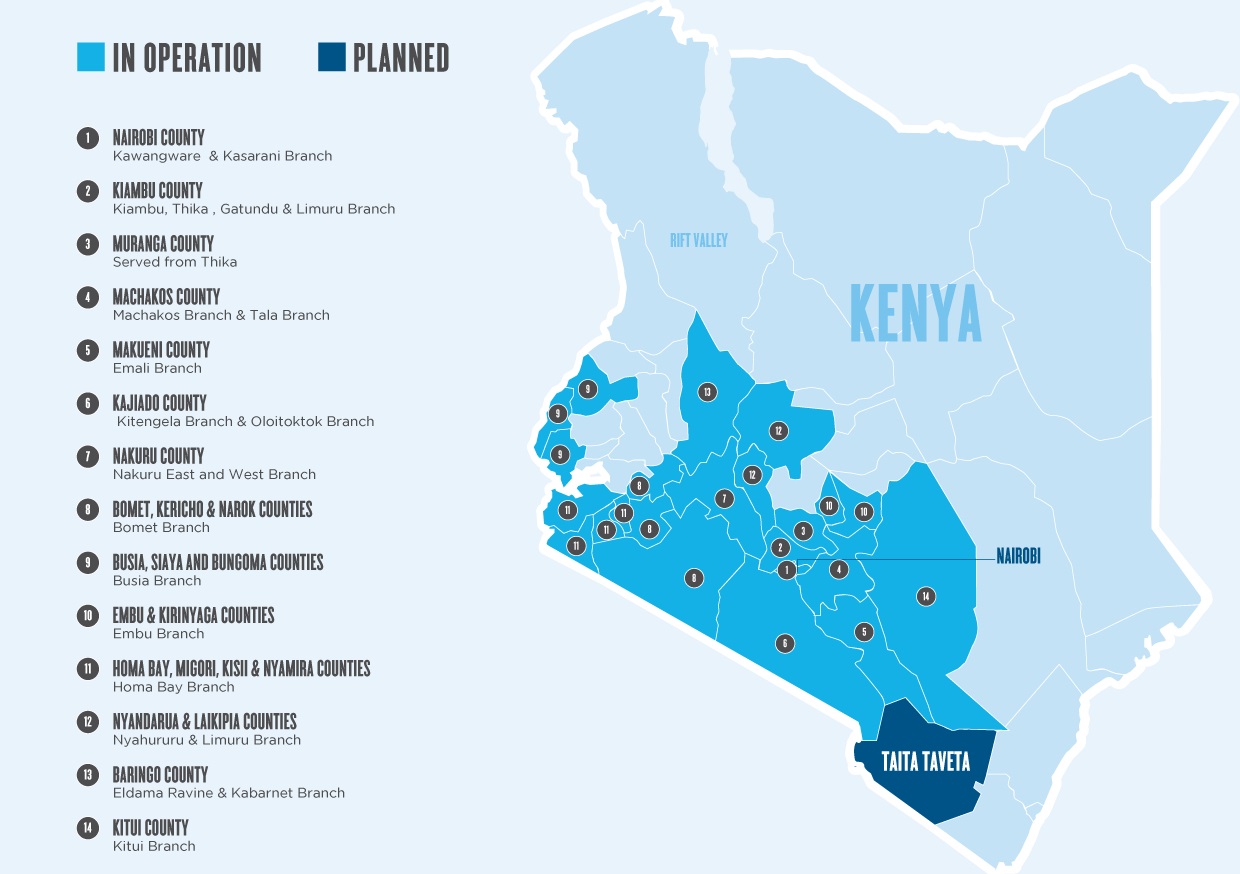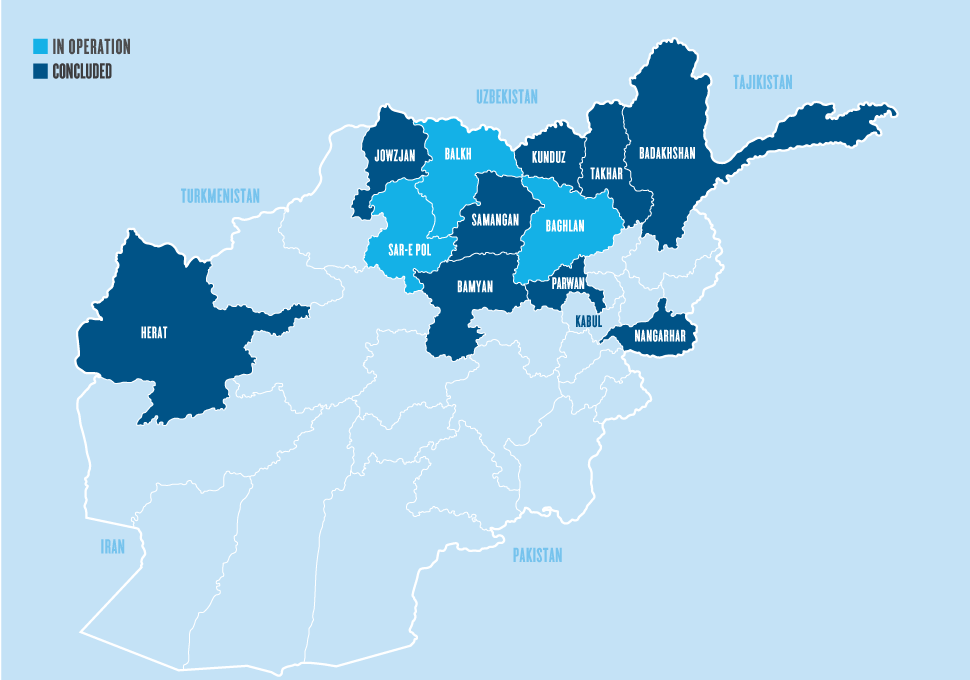Content : Country Page – Why Southern Africa
69% of rural South African women live in poverty
60% of subsistence farmers in Swaziland are women
56% of Zimbabwean farmers are women
27.1% of women in Lesotho are unemployed
Expansion map
Hand in Hand Southern Africa operated in four countries: South Africa, Lesotho, Zimbabwe and Swaziland.

Content : About us tab content
Content : About us – history
In the 1980s and ’90s, Percy Barnevik ran some of the world’s biggest companies, changing the way business was done. But it wasn’t until a trip to India in the early-2000s that he discovered his “biggest and most important project.”
“I was visiting southern India and I saw this terrible abuse of child labour. I couldn’t sit by and do nothing, so I started to pay the factory owners to free them,” says Percy, now 79. “At one point I was in mind to release 200,000 children, which becomes quite a lot of money. But I couldn’t guarantee they’d stay free. I realised then that I had to attack the root cause of the problem: poverty.”
Tackling a problem as big as poverty in a country as big as India, Percy reasoned, would require an NGO committed to speed, scale and efficiency – the same principles he’d championed as a CEO. When he couldn’t find that NGO, he built it himself.
Today, Hand in Hand has worked in 14 countries and counting, helping to transform more than 15 million lives. Find out more about our journey below.

Indian children play in the street
2003: Percy recruits local development specialist Dr Kalpana Sankar, a nuclear physicist by training, to help launch Hand in Hand. Together, they begin to develop our livelihoods model.

Honey producers | Afghanistan
2007: Word of Hand in Hand’s success in India reaches Afghanistan, and then-President Hamid Karzai takes notice. Hand in Hand Afghanistan is established at Karzai’s request, with staff from India leading the way. Hand in Hand’ emphasis on South-to-South knowledge transfer continues to this day.

Naomi Masilo | Shop owner | South Africa
2008: Hand in Hand Southern Africa launches in Bryanston, a suburb of Johannesburg, with three staff and a cramped office. Today, our network employs dozens staff in neighbouring Zimbabwe.

Hannah Haciku | Tailor | Nairobi, Kenya
2010: Hand in Hand Eastern Africa launches in Nairobi, Kenya. A network hub and regional leader is born.

Group exercise | Cambodia
2012: Hand in Hand India launches a pilot in Cambodia.

Gloria Kabagwira | Organic produce farmer | Rwanda
2013: Hand in Hand Eastern Africa partners with CARE International to empower some 80,000 Rwandans, mostly women, to work their way of poverty. When the project concludes in 2016, more than 115,000 jobs are created.

Children play in Myanmar
2013: Hand in Hand India continues its regional expansion by setting up in Myanmar.

New York City
2014: Friends of Hand in Hand International launches in New York City, enabling US citizens to make tax deductible donations.

Faith Makundi | Member | Tanzania
2014: Friends of Hand in Hand International launches in New York City, enabling US citizens to make tax deductible don2018: Hand in Hand Eastern Africa expands into Tanzania, targeting Arusha and Kilimanjaro regions in the north of the country. ations.
Content : Country page Kenya – partners and funding
Content : Country page Kenya – why Kenya
Source: UNICEF, 2014
46% of Kenyans live below the poverty line
Source: International Food Policy Research Institute, 2014
46% of children aged 18 to 23 months suffer from malnutrition
Source: World Bank, 2012
Only 62% of women are in paid work
Source: Central Intelligence Agency, 2012
84% of women are literate
Expansion map
Hand in Hand Eastern Africa works in 23 of Kenya’s 47 counties. We plan to expand into one more.

Content : Country page – why Rwanda
Source: World Bank, 2011
44.9% of Rwandans live below the poverty line
Source: World Food Programme, 2013
43% of children between the ages of six months and five years suffer from chronic malnutrition
Source: Central Intelligence Agency, 2012
33% of women are illiterate
Source: World Food Programme, 2013
21% of households are food insecure
Content : Country page Afghanistan – partners & funding
Content : Country Page Afghanistan – why Afghanistan
Source: World Bank, 2011
36% of people live below the national poverty line
Source: World Bank, 2012
72% of children under the age of 5 suffer from nutritional deficiencies
Source: Central Intelligence Agency, 2012
93% of rural women are illiterate
Source: World Bank, 2012
84% of women don’t work
Expansion map
Hand in Hand Afghanistan has operated in 11 provinces, with plans to expand into two more. We intervene in districts that lack similar programs but benefit from relative security and support from local authorities.

Content : Country page India – partners and funding
Content : Country page India – Why India
Expansion map
Hand in Hand India works in seven states countrywide, with plans to expand into more. Partnership programmes are under way in Cambodia and Myanmar.

